VR in the Industry: Benefits and Applications of Virtual Reality
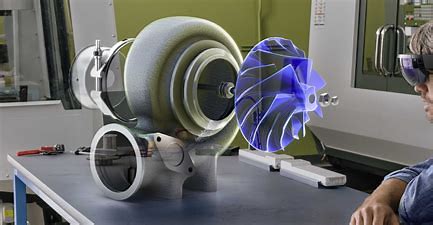
The industry has evolved with the rise of Virtual Reality (VR), a technology that allows processes to be simulated without the need for physical intervention. This transformation is key in Industry 4.0, where digitalization improves productivity and quality. Companies are implementing virtual reality to reduce costs, minimize errors, and improve staff training . Now, manufacturers can test designs, optimize maintenance, and ensure safety without impacting actual production.
Benefits of VR in the Industry
- Reduction of costs and production times: VR in industry has made it possible to optimize manufacturing processes. By simulating operations before they are executed, material waste is reduced and errors are minimized. In addition, virtual proofing accelerates the validation of designs and processes, shortening production timelines.
- Increased design accuracy: By using immersive 3D environments, engineers can visualize and analyze parts or machines in greater detail. This allows possible faults to be identified and corrected at an early stage, reducing costly modifications during manufacturing.
- Risk-free simulation: VR offers a safe environment to train operators in the operation of complex machinery. This not only protects personnel from accidents, but also allows critical procedures to be practiced. Thus avoiding affecting production or damaging equipment, improving efficiency and occupational safety.
- Predictive maintenance: With virtual reality, it is possible to monitor and analyze machine behavior in real time. Additionally, it allows for the identification of patterns that could indicate future failures. This helps in carrying out preventive interventions, avoiding unplanned downtime. In conclusion, it extends the lifespan of equipment, resulting in significant savings.
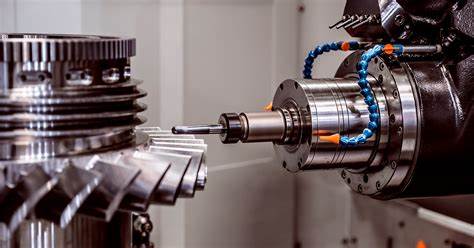
VR Applications in the Industry
Virtual Design and Prototyping
With virtual reality tools, engineers can create, visualize, and modify 3D models interactively. Consequently, it eliminates the need to manufacture physical prototypes in the early stages of design. This not only speeds up the development process of new machines but also allows for virtual testing. In this way, flaws, inconsistencies, or areas for improvement are detected before production begins.
By identifying and solving problems in the digital phase, the costs associated with materials and prototype manufacturing are reduced. Also, delivery times are optimized and it is ensured that the final product meets quality standards. In addition, this rapid iteration capability allows you to explore multiple designs without incurring additional expenses.
Staff Training and Development
Training through virtual reality has become a key tool for reducing workplace risks and improving staff efficiency. Operators can train in simulated environments, where they practice handling complex machinery or high-risk situations without facing real consequences.
This not only minimizes the possibility of accidents but also allows for the repetition of critical procedures as many times as necessary until mastery is achieved. Additionally, virtual reality facilitates familiarization with new technologies or processes before their implementation in the plant, reducing the adaptation time. By offering an immersive and safe learning experience, companies can ensure that their staff is better prepared.
Predictive Maintenance and Remote Diagnostics
Thanks to virtual reality, technicians can perform detailed inspections and troubleshoot issues remotely. By using devices connected to real-time monitoring systems, experts can virtually “enter” the plant or machine from any location.
This not only reduces costs associated with travel and waiting times but also speeds up the resolution of issues. Additionally, this technology allows for guiding local operators step-by-step through immersive visual instructions. This remote maintenance capability contributes to greater equipment availability, minimizing negative impacts on the production chain.
Implementation of VR in the Industry
The adoption of VR in the industry requires strategic planning and investment in appropriate tools.
Necessary Resources
To implement VR in industry, it is necessary to have a series of key resources that allow you to take full advantage of this technology.
Virtual reality headsets, such as Oculus Rift, HTC Vive, or Varjo, are required, as they offer an immersive and high-resolution experience for visualizing 3D designs. These headsets are essential for engineers and operators to interact with virtual models.
Secondly, it is essential to have specialized simulation software, such as Siemens NX VR, Autodesk VRED, or Unity, which enable the creation, modification, and testing of 3D models.
Lastly, sensors and controllers that facilitate interaction with the virtual environment are needed, such as haptic controllers, virtual reality gloves, or motion tracking systems. These devices allow users to manipulate virtual objects with precision, enhancing the experience and effectiveness in tasks like training.
The combination of these resources ensures a successful implementation of virtual reality, driving innovation and efficiency in the industry.
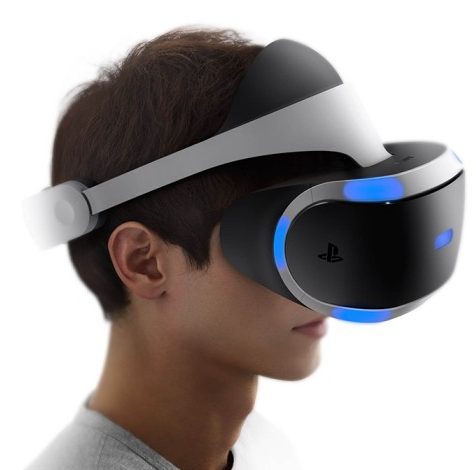
Costs of VR in the Industry
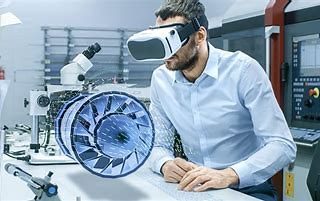
Although the initial investment in virtual reality can be high due to the need for specialized hardware, development software, and staff training, the benefits offered by this technology make it a cost-effective option in the medium to long term. Virtual reality significantly reduces errors in design and production, preventing costly rework and material waste.
In addition, training in virtual environments is not only more efficient and safer, but also accelerates the learning curve for operators, improving their productivity from day one. On the other hand, the ability to perform predictive maintenance and solve problems remotely minimizes downtime, ensuring continuous production. These factors make virtual reality in industry a strategic investment that generates savings and sustainable competitive advantages over time.
Optimizing Production with Digital Twins
Digital twin technology is based on the combination of virtual reality and artificial intelligence to create an exact, real-time virtual replica of a machine, production line, or plant. This digital twin not only replicates the physical appearance of the computer, but also simulates its operation. By integrating data from sensors and AI algorithms, the digital twin can predict failures and suggest improvements before implementing them.
This allows companies to perform virtual tests, adjust parameters and plan maintenance without interrupting physical production. Digital twins make it easier to make informed decisions by providing deep and predictive insight into equipment performance. This technology is especially valuable in industry, where accuracy and minimization of downtime are critical.
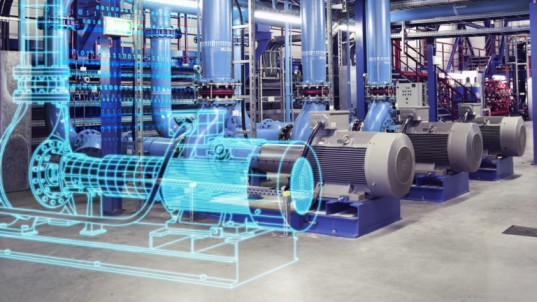
VR Applications in the Industry
Numerous leading companies in the industrial sector have successfully implemented virtual reality, demonstrating its potential to transform the industry:
Siemens: Uses virtual reality for machine design and simulation, allowing engineers to visualize and test their designs in immersive 3D environments prior to manufacturing. This has significantly reduced errors and development times, optimizing efficiency in the creation of new products.
Mazak has adopted virtual simulations to train its operators, offering a safe environment where they can practice operating complex machinery without exposing themselves to physical risks. This approach has improved staff competence and minimised workplace accidents.
DMG Mori has developed digital twins that replicate its production lines in real time, allowing processes to be monitored and optimized remotely. This has resulted in improvements in productivity, reduced operating costs and an increase in the safety of work environments.
Virtual reality is thus consolidated as an indispensable tool in the industry.
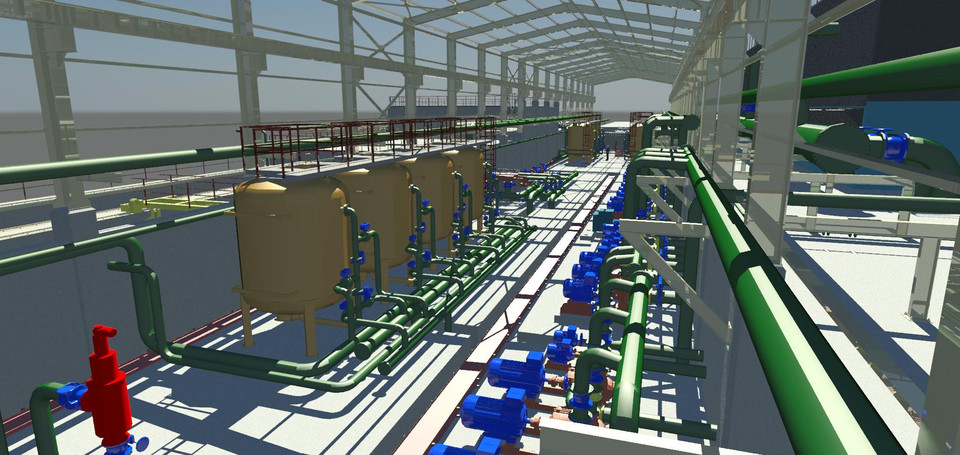
Conclusions
VR in the industry is revolutionizing the industry by improving equipment design, training, and maintenance. Its benefits in terms of safety, cost reduction and process optimization make it a key technology for the future. Companies that adopt these solutions will be better positioned to compete in an increasingly digitized environment . As virtual reality continues to evolve, integration with other technologies such as artificial intelligence and augmented reality will open up even more opportunities for the industry.
At Maedcore, we are actively working on the development of solutions for the metaverse, offering our clients tools that propel their businesses to new virtual dimensions. From the creation of virtual spaces to immersive experiences, we help companies in different sectors to transform their digital presence in the future.
Did you like it?
Share with your friends!
Do you want to take your business to the next level and explore the metaverse?
Connect with us and discover how our customized solutions can open new opportunities for your company in the virtual world.